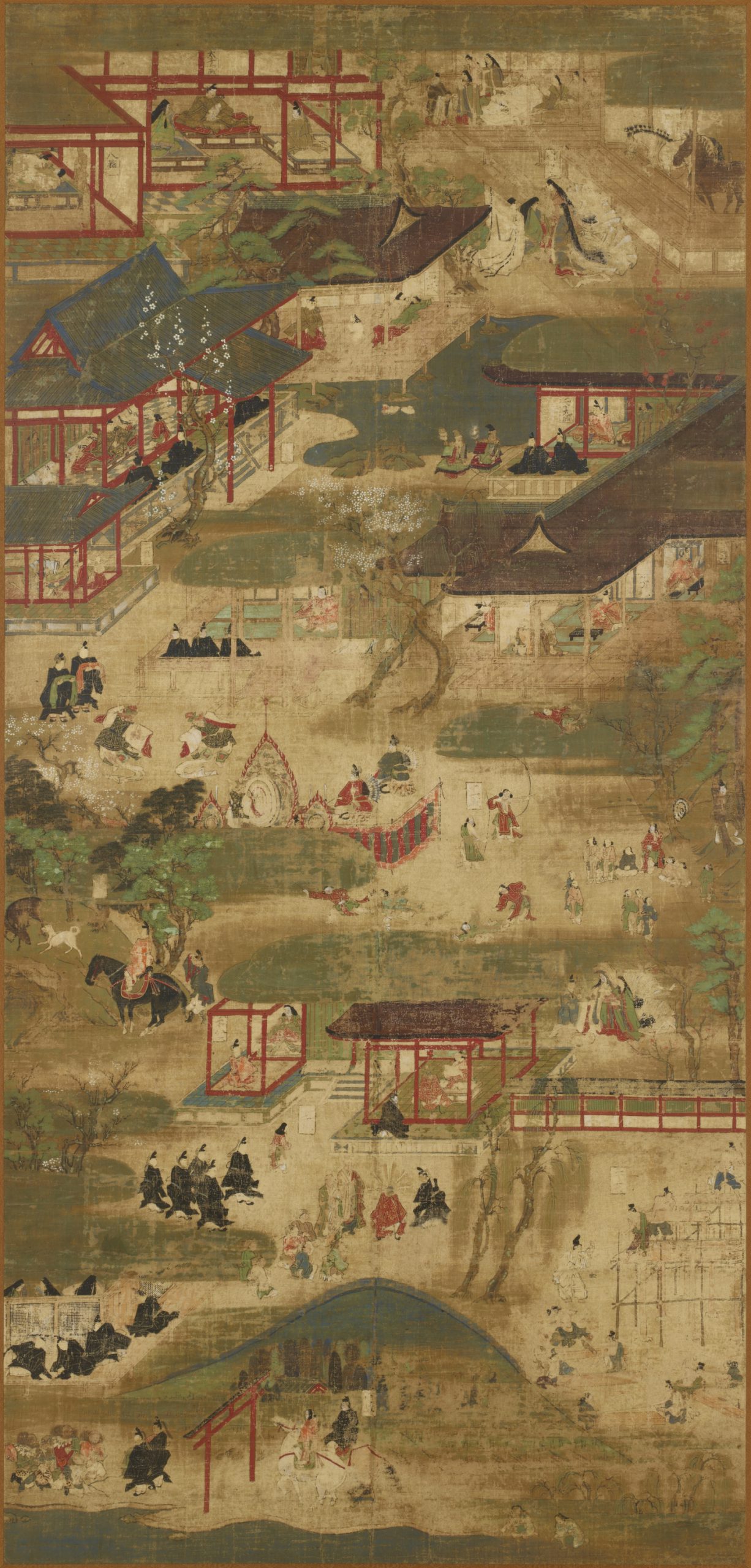
Asuka(593-710)~Nara Period (710–794)
The oldest Japanese book is the Hokegishō (615 AD), said to have been written by Shōtoku Taishi. This marks the beginning of Japanese bookmaking. During the Nara period, handwritten copies of sutras became popular as Buddhism spread throughout Japan. Later, the oldest wooden-printed book in the world, the Hyakumantōdarani (764–770 AD), was produced, showing the development of printing techniques in Japan.
Heian Period (794–1185)
Bookmaking became more widespread with the rise of woodblock printing, which had already begun in the late Nara period with works such as the Hyakumantōdarani. Famous literary works, including The Tale of Genji and The Pillow Book, were still handwritten. Many surviving books from this era feature beautifully decorated textblocks with gold, silver, and colorful designs, often offered to Shinto shrines.
Printing technology flourished, and new types of bookbinding—such as folded-page books and Retsujōsō—were introduced. Literature, once limited to the aristocracy, spread to Buddhist monks and covered Confucianism, Chinese classics, and medicine. Around this time, double-leaved printed books with 4-hole binding also appeared.
Muromachi Period (1336–1573)
The Onin War (1467–1477) caused aristocrats and monks to move to the countryside, bringing book culture with them. Illustrated storybooks called Otogi zoshi, early examples of popular literature, spread widely. Children’s books, or akahon (featuring tales like The Inch-High Samurai, The Peach Boy, and Kachi Kachi Yama), emerged and became the basis for today’s fairy tales.
Azuchi-Momoyama / Early Edo Period (1573–1600)
Biwa-playing minstrels were eventually replaced by temple-side or roadside storytellers. Works like the Taiheiki (Record of the Great Peace) were read and listened to by common people, helping books reach a wider audience. Bronze letterpress printing brought from Korea after the Battles of Bunroku (1592–1598) gradually replaced woodblock printing, leading to Edo-period literature and commercial book businesses.
Western bookbinding first arrived in Japan with Portuguese missionaries in 1590, but its influence was limited due to the Tokugawa shogunate banning Christianity. Later, most letterpresses gifted by the Dutch government in 1849 went unused.
Meiji Period (1868–1912)
It was not until the beginning of the Meiji period, in 1869, that Motoki Shouzou and others successfully introduced letterpress bookmaking. From that point, Western printing and bookbinding techniques spread rapidly throughout Japan.
*Top picture is based on ColBase(https://colbase.nich.go.jp/)